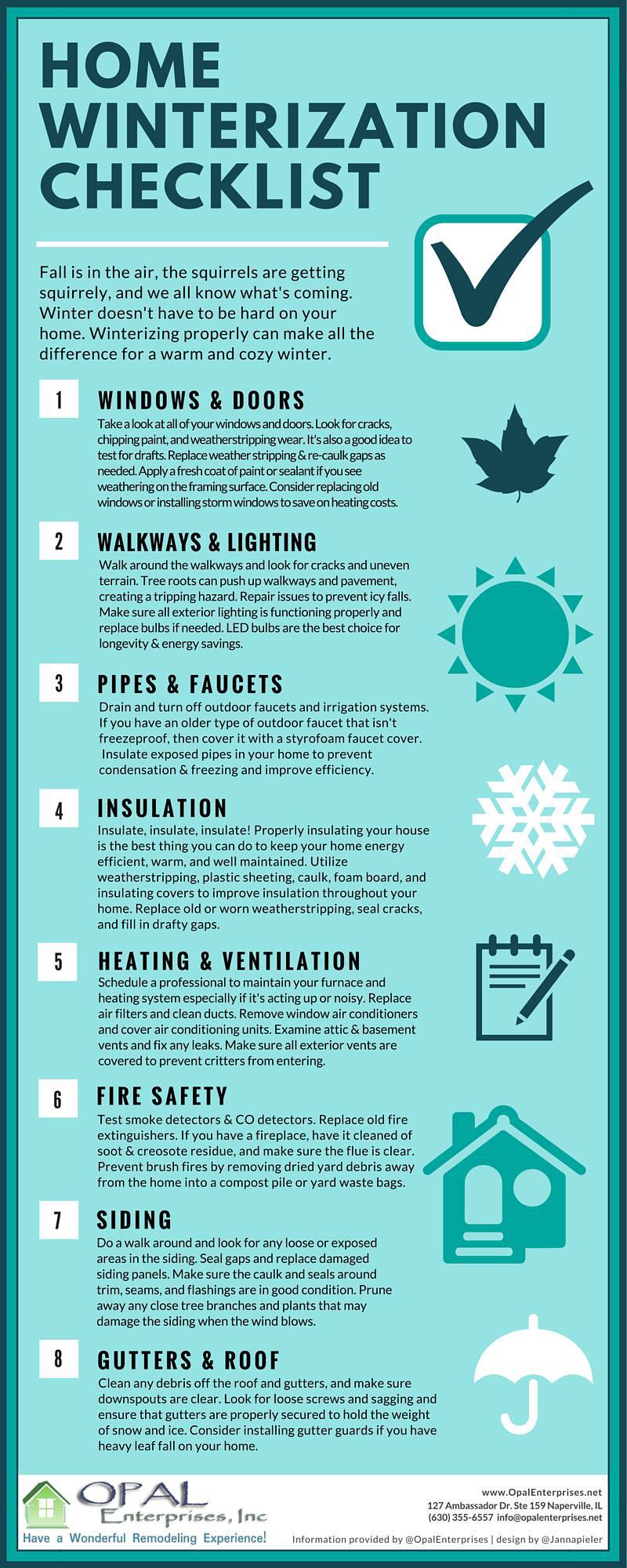Superior Stress Cleaning Approaches For All Surface Area Types
Superior Stress Cleaning Approaches For All Surface Area Types
Blog Article
Material By-Hyde Keating
When it pertains to pressure cleaning, the strategy you select can make all the distinction in accomplishing a clean, streak-free finish. You may locate that difficult surfaces, like concrete, require a various technique than softer materials, such as wood or vinyl. It's vital to adapt your techniques to the surface type to prevent damage while optimizing cleaning performance. So, what are the very best methods for each surface, and how can you ensure you're using the appropriate setups and tools for the job? Let's explore what look at this site need to recognize to obtain the best results.
Hard Surfaces
When it comes to press washing difficult surfaces, preparation is essential. Prior to visit the next website page consider taking out the stress washing machine, take the time to clear the location of any particles, furniture, or challenges. You do not desire anything entering your means or potentially destructive your tools.
Next off, examine the surface area for any fractures or damages; this will certainly aid you determine the appropriate strategy and stress settings.
Once you have actually prepared the location, it's important to select the best nozzle. For tough surfaces like concrete or brick, a slim nozzle (15 or 25 degrees) functions best to supply a concentrated stream of water that can properly get rid of crud and spots. Constantly start at a distance and slowly move better to avoid any type of surface area damages.
As you begin cleaning, maintain the stick transferring to avoid streaks and over-saturation. It's also handy to function from the top down, enabling dust and debris to remove naturally.
Ultimately, bear in mind to wash the surface extensively after cleansing to get rid of any type of remaining detergent. With these methods, you'll achieve a clean and refreshed look on all your difficult surfaces.
Soft Surfaces
Pressure cleaning soft surfaces calls for a gentler strategy to safeguard them from damages. Whether storefront window cleaning cleaning your deck, outdoor patio furniture, or siding, utilizing excessive stress can cause dents, scrapes, or perhaps irreparable harm.
Begin by selecting a low-pressure nozzle, preferably a 25-degree or broader spray pattern, to spread the water a lot more gently.
Before you start, it's important to pre-treat any discolorations with an appropriate cleaning service. This action allows the cleaner to pass through the dust and crud, making it much easier to remove without rubbing also hard.
Always use the solution from the bottom as much as protect against spotting.
When you begin pressure cleaning, keep a range of at least 12 to 18 inches from the surface area. Relocate your wand in a sweeping motion, maintaining it alongside the surface to avoid concentrated pressure on one place.
Wash the area extensively after cleaning up to get rid of any residual cleaner.
Finally, check the surface area for any kind of missed areas and repeat the procedure if required. By adhering to these actions, you can effectively clean soft surface areas while maintaining their stability and appearance.
Specialized Surfaces
Cleaning soft surface areas calls for care, but specialty surfaces demand even more focus to detail. When you tackle these surface areas, like fragile timber, discolored concrete, or particular types of house siding, using the ideal pressure washing methods is important to avoid damage.
First, analyze the material. For example, treated wood can often withstand moderate stress, yet softer woods like cedar might require a reduced setting. Always start with the lowest stress and slowly enhance if essential.
For discolored concrete, use a fan spray nozzle and maintain a consistent range to prevent engraving the surface.
When handling surface areas like plastic house siding or painted surfaces, a broad spray pattern assists distribute the pressure evenly, safeguarding the surface.
It's likewise important to use detergents particularly designed for specialty surfaces. They can enhance cleansing without compromising the material.
Rinse thoroughly after cleaning to get rid of any type of residue, as it can cause staining or damage in time.
Verdict
To conclude, mastering stress washing methods for different surfaces can make all the difference in your cleansing results. For difficult surfaces, adhere to slim nozzles and a top-to-bottom method, while soft surfaces require a gentler touch with broader nozzles. Don't neglect to pre-treat stains and wash thoroughly to stay clear of residue. By adapting your methods per product, you'll not just accomplish a cleaner surface yet likewise safeguard the honesty of your surface areas. Pleased cleansing!
